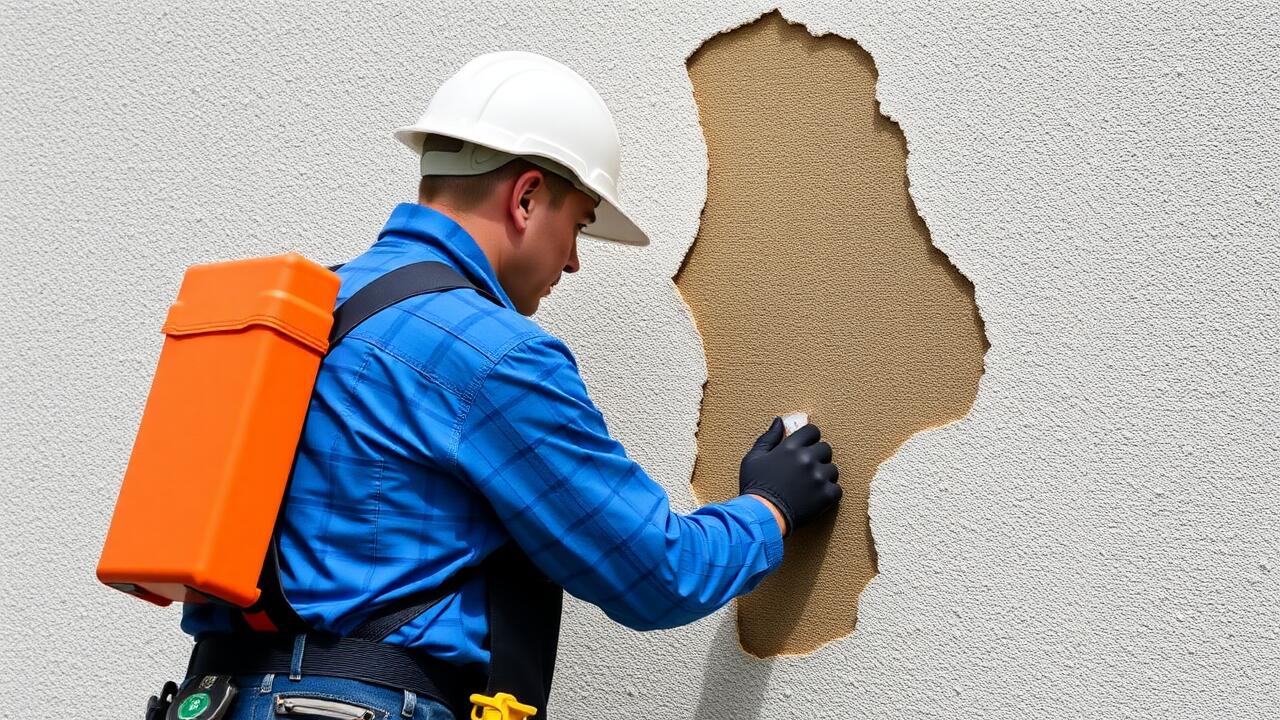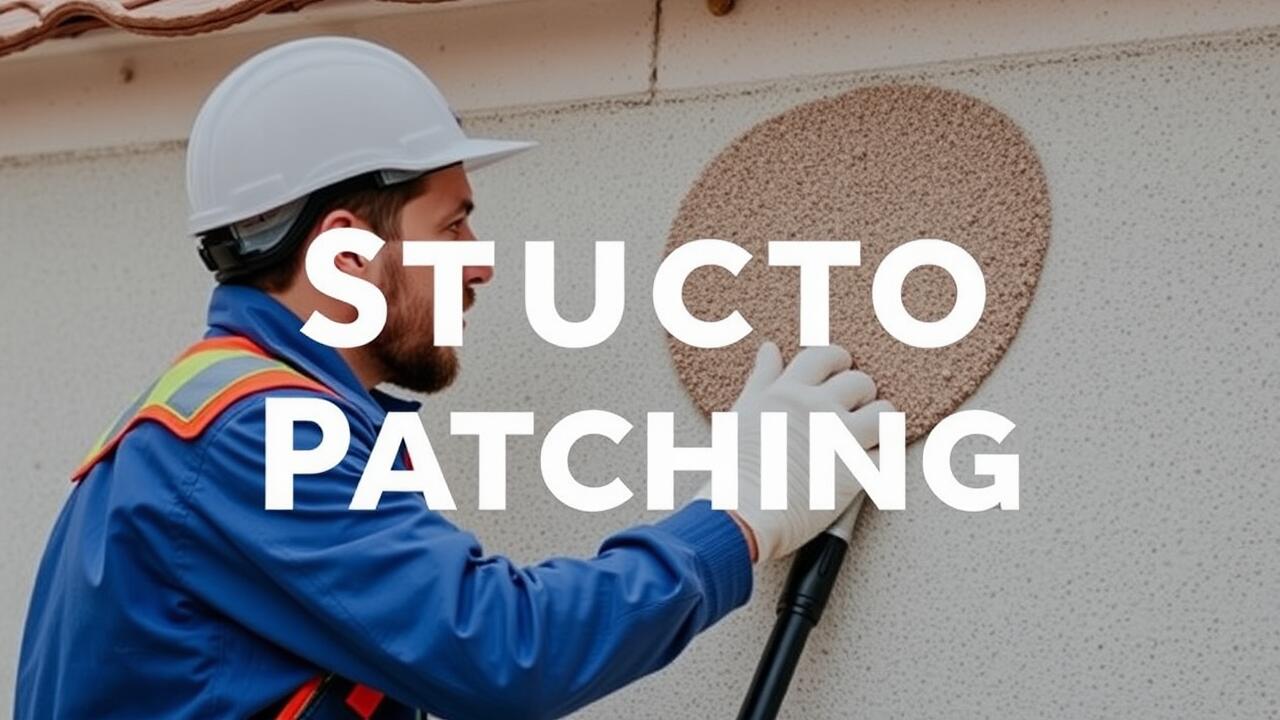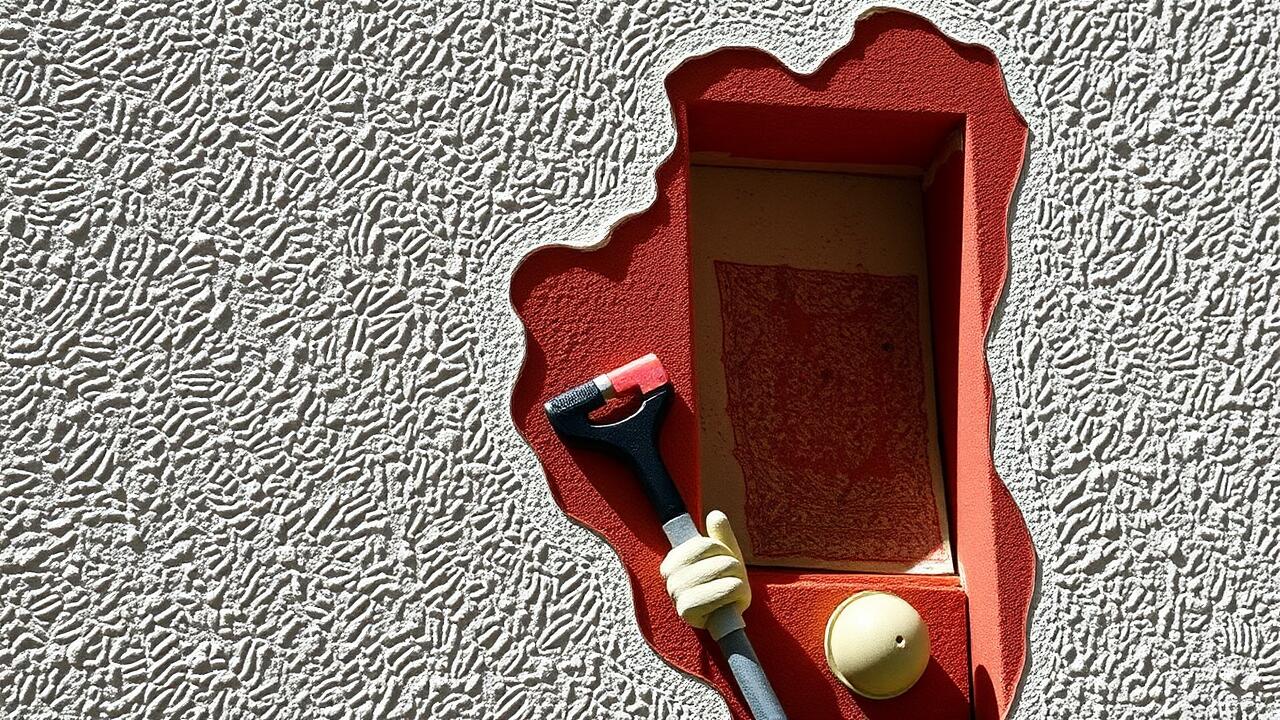
Applying Patch Material
When dealing with cracks in stucco, selecting the right patch material is essential. Various products are available, including premixed stucco patch compounds, which are user-friendly and convenient. For significant or deep cracks, a polymer-modified patch can provide additional strength and flexibility. Ensure that the chosen patching material is suitable for exterior use to withstand changing weather conditions.
Before applying the patch, preparation is key. Clean the area around the crack to remove dust, dirt, and loose debris. This can be done with a wire brush or a pressure washer for larger sections. Once the surface is adequately prepared, follow the manufacturer's instructions for mixing and applying the patching material. For a high-quality finish in your repairs, services like Stucco Patching Tarzana, Los Angeles, can offer professional guidance and assistance.
Step-by-Step Instructions for Filling Cracks
To effectively fill cracks in stucco, start by cleaning the area around the crack. Use a wire brush to remove any loose debris or crumbling material. This ensures the patching material adheres properly. After cleaning, use a chisel or utility knife to create a V-shape along the crack. This step expands the area that can be filled, allowing for a more secure bond with the patching compound.
Next, prepare a stucco patching compound according to the manufacturer's instructions. Apply the patch using a putty knife, pressing the material deep into the crack for maximum adhesion. Smooth the surface with the knife to level it with the surrounding stucco. Allow the patch to cure as directed, and if needed, perform additional applications for deeper cracks. Residents seeking professional assistance might consider services such as Stucco Patching Westlake, Los Angeles, to ensure a proper and durable repair.
Texturing the Repaired Area
Texturing the repaired area is essential for achieving a seamless appearance that matches the surrounding stucco. This process often involves using tools like a brush or a texture roller to replicate the original finish. Depending on the condition and style of the existing stucco, you may need to experiment with different techniques to achieve the desired texture. Achieving a uniform look will enhance the overall aesthetic once the repair is complete. Professionals like those offering Stucco Patching Westlake, Los Angeles, can provide expertise in this process to ensure a high-quality finish.
Once the texture has been applied, it’s crucial to allow sufficient drying time before moving on to painting or sealing the area. Properly cured texture will help in maintaining durability and resisting future damage. If needed, additional layers of texture can be applied for better blending. Finding the right texture match not only improves visual appearance but also helps in preserving the integrity of the stucco. Collaboration with specialists experienced in stucco repairs can greatly assist in achieving the right outcome.
Blending the Patch with Surrounding Stucco
To effectively blend the patch with the surrounding stucco, start by assessing the texture of the existing surface. Stucco often presents a varied pattern, including swirls or rough finishes. Matching the original texture is crucial, so take notes on how the current stucco feels and looks before beginning the process. Using a trowel or sponge, replicate the surroundings by applying the patching material in the same manner as the existing stucco. This technique helps create continuity and minimizes the visibility of the repair.
After achieving a similar texture, consider the color of the patch. If the new material appears lighter or darker than the surrounding area, apply a slight tint to match. In neighborhoods like Echo Park, Los Angeles, homeowners often face this challenge due to the diverse color palettes of stucco finishes. A small test patch can be invaluable for finding the right hue before covering a larger area. Taking these steps ensures that the repair blends seamlessly into the overall aesthetic of the home.
Painting the Repaired Section
Choosing the right paint for stucco is crucial to the longevity and appearance of your repair jobs. While many homeowners select exterior paint based on color alone, it’s important to consider the specific qualities of the paint. Opt for a paint formulated for masonry surfaces to ensure proper adhesion and durability. A paint containing elastomeric properties can help in accommodating the natural movements of stucco, reducing the likelihood of cracks in the future.
When it comes to executing your painting project, preparation plays a key role. Begin by cleaning the patched area to remove any dust, dirt, or debris. This ensures that the paint adheres well to the surface. If you’re located in regions like Westlake, Los Angeles, consider local factors such as weather conditions and UV exposure when making your paint selection. Proper preparation and the right product will not only protect your repair but also seamlessly integrate the patch with the rest of the exterior.
Selecting the Best Paint for Stucco
Choosing the right paint for stucco is crucial to ensure durability and aesthetic appeal. A high-quality, elastomeric paint is often recommended because of its flexibility, allowing it to expand and contract with temperature changes without cracking. It is important to select a paint that offers UV protection, as stucco surfaces can fade significantly under direct sunlight. Many homeowners in areas like Los Angeles prefer paints that are specifically formulated for stucco to withstand the unique environmental conditions.
When considering paint colors, it is best to opt for lighter shades, as they reflect sunlight and help in keeping the surface cool. Additionally, the paint should be breathable to allow moisture to escape, preventing issues like mold or peeling. For those engaged in stucco patching in Los Angeles, selecting the right paint not only enhances the appearance of the repaired areas but also contributes to the longevity of the stucco finish.
FAQS
What materials are best for repairing cracks in stucco?
The best materials for repairing cracks in stucco include acrylic or polymer-based patch compounds, which provide flexibility and durability, as well as traditional stucco repair mixes.
How do I know if the crack in my stucco needs to be repaired?
If the cracks are wider than 1/8 inch, show signs of moisture damage, or if there are multiple cracks, it's a good idea to repair them to prevent further structural issues.
Can I paint over the repaired stucco immediately after it dries?
It's recommended to wait until the patched area is completely dry and cured before painting, which can take several days depending on the weather conditions and the materials used.
What should I do if the crack keeps reappearing after repair?
If the crack keeps reappearing, it may indicate underlying structural issues. It's best to consult a professional to assess the situation and recommend appropriate solutions.
Is it possible to repair stucco myself, or should I hire a professional?
Many homeowners can successfully repair small cracks in stucco themselves by following best practices. However, for larger or more complex repairs, hiring a professional may ensure a better and more durable outcome.



